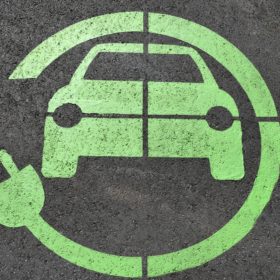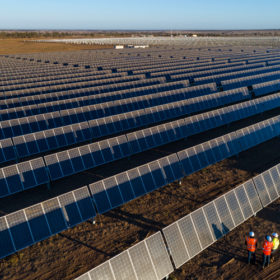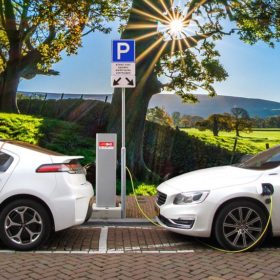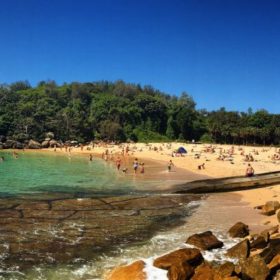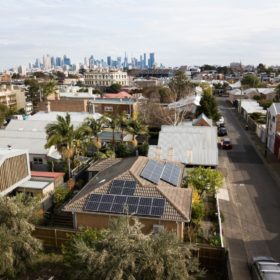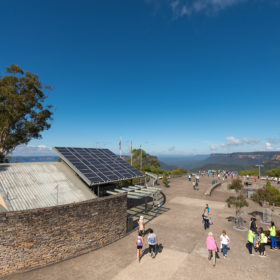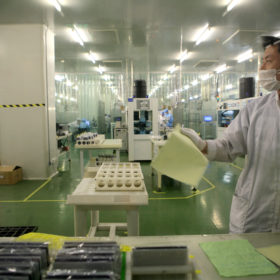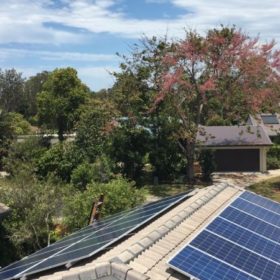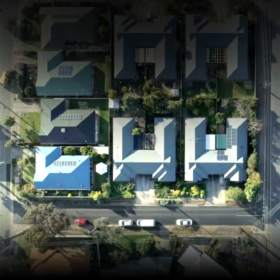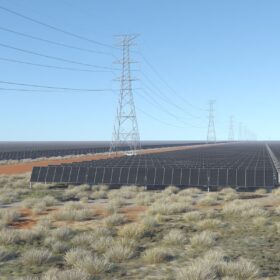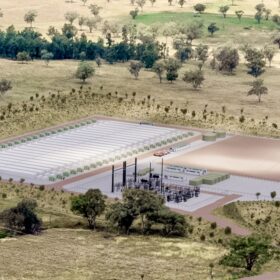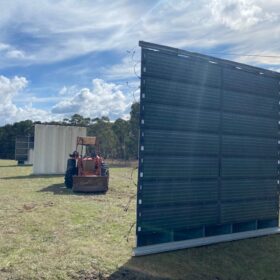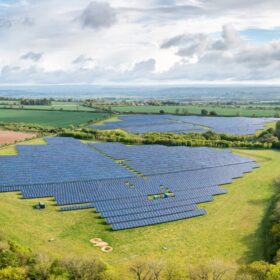ARENA boosting commercial shift to EV fleets
The Australian Renewable Energy Agency (ARENA), along with support from the NSW and South Australian Governments, Ausgrid and NRMA, has announced that it will provide almost AUD$500,000 in funding to Evenergi to assist businesses and consumers plan for the electric vehicle (EV) revolution.
QLD boasts of its solar power takeover
If you’ve got it, flaunt it, and Queensland (QLD) is doing just that. Over the weekend QLD boasted that its solar panels can now produce twice as much electricity as the state’s biggest power station.
Council takes EV, rooftop PV, renewables PPA initiatives towards carbon neutrality
Victoria’s Hobson Bay City Council has announced a range of initiatives to move towards its carbon neutrality goals, including a renewable energy power purchase agreement, deployment of EV infrastructure and rooftop solar.
Solar powered smart bins doing a manly job
Sydney’s iconic Shelley Beach is now home to two solar-powered smart bins, the bins are capable of compacting waste to reduce collections, thereby cutting council emissions.
Q Cells 25-year product warranty turns heads
Q Cells has announced a 25-year product warranty on its upcoming modules to be released in Australia before the end of the year. The 25-year extended warranty is a massive show of confidence by one of the world’s largest module manufacturer’s in its products.
Blue Mountains going carbon neutral
Blue Mountains City Council has set a firm carbon neutrality target for 2025 after getting the nod from the Three Sisters. The region is quickly becoming known for its sustainability.
Workers’ union calls for regional jobs in renewables, li-ion batteries, green hydrogen
The Australian Manufacturing Workers’ Union is recommending an overhaul of policies to promote manufacturing in regional Australia along with a major push to create new jobs in a range of industries, including lithium batteries, green hydrogen and renewables.
Singapore’s largest green energy retailer pledges itself to Sun Cable Project
iSwitch, Singapore’s largest green energy retailer, and one of the city-state’s top three retailers overall, has emerged as the first potential customer for the $25 billion Sun Cable Project. This pledge is the second significant boost for the project in the last week after tech billionaire Mike Cannon-Brookes declared he would help fund the project.
Queensland’s Solar for Rentals scheme off to a slow start
The lights are on for Queensland’s Solar for Renters program, but nobody’s home. In a state where solar should be selling faster than hotcakes, landlords and tenants are slow to take up the government’s solar rebate.
Solar-plus-storage to provide all the daytime electric needs of nation state
A 6 MW solar plant and 5 MW/2.5 MWh storage system are set to increase the share of renewable electricity on the Pacific island of Nauru from 3% to 47%. The $27 million project is being supported by the Asian Development Bank (ADB).
